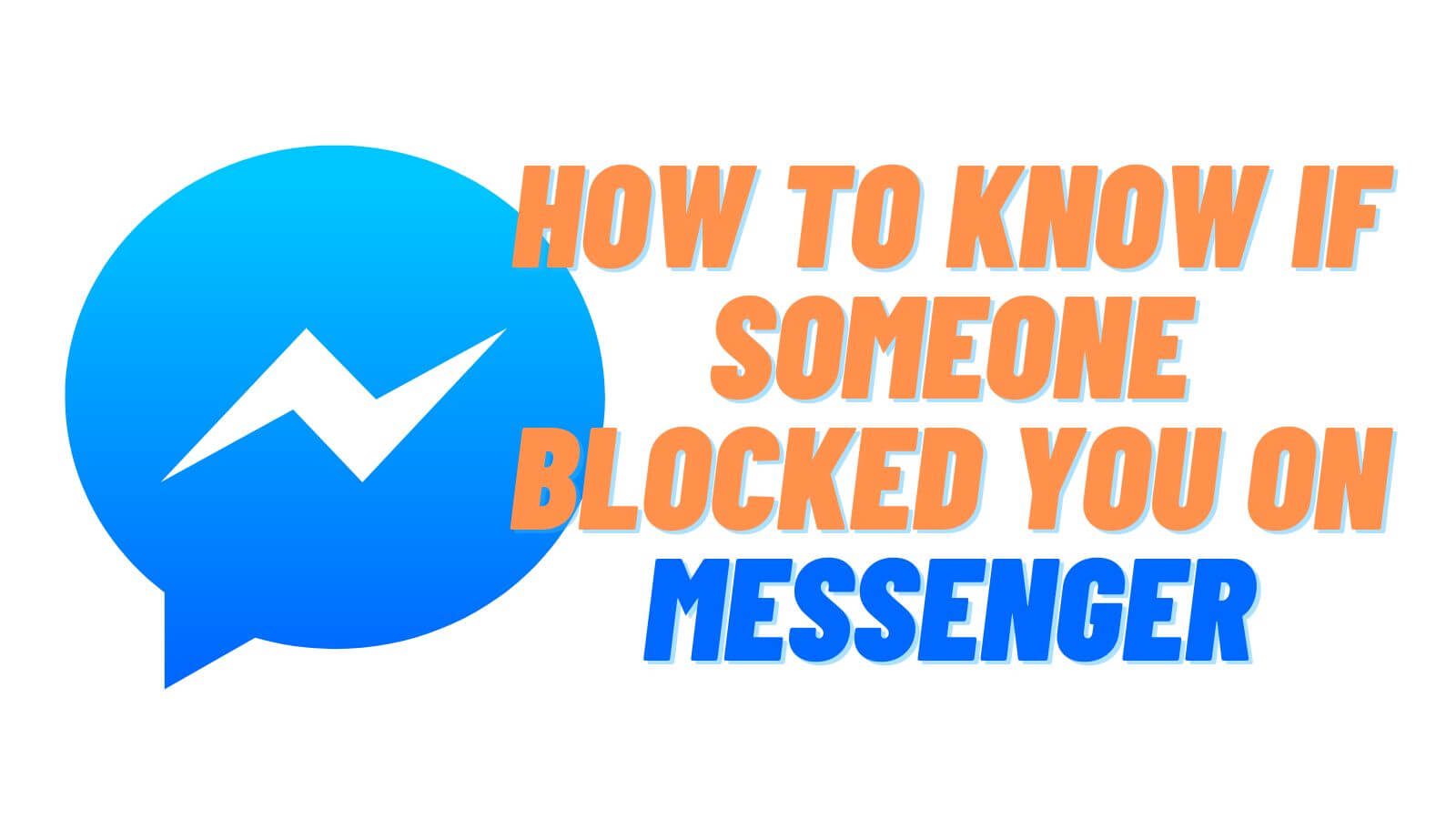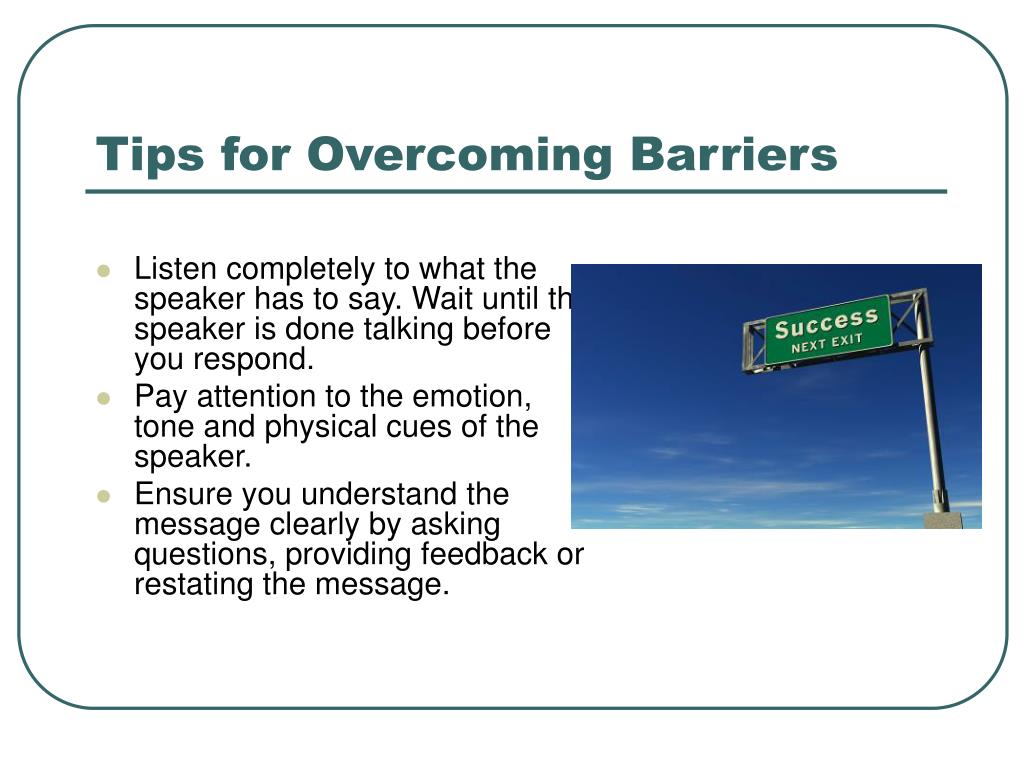Recognizing the Subtle Hints of a Blockage
Being aware of the signs of a blockage in one’s life is crucial for personal growth and development. A blockage can manifest in various ways, including emotional, mental, and physical cues. Recognizing these signs can help individuals take the first step towards overcoming their blockages and achieving their goals. So, how to tell if you’re blocked? One of the primary indicators of a blockage is a sense of stagnation or feeling stuck in a particular area of life. This can be accompanied by feelings of frustration, anxiety, or restlessness.
Emotional blockages can also manifest as mood swings, irritability, or a lack of motivation. Mental blockages, on the other hand, can cause difficulties in concentrating, making decisions, or experiencing mental fogginess. Physical blockages can lead to tension, fatigue, or insomnia. By acknowledging these signs, individuals can begin to identify the root cause of their blockage and take steps to overcome it.
It’s essential to note that blockages can be subtle, and it may take time and self-reflection to recognize the signs. However, by being more aware of one’s thoughts, emotions, and physical sensations, individuals can develop a greater understanding of their blockages and take the necessary steps to overcome them. By doing so, they can break free from the limitations that hold them back and achieve their full potential.
Understanding the Different Types of Blockages
Blockages can manifest in various forms, and understanding the different types can help individuals identify and address the root cause of their blockage. One common type of blockage is a creative blockage, which can manifest as a lack of inspiration, motivation, or innovation. This type of blockage can be particularly challenging for artists, writers, and musicians, who rely on their creative expression to produce their work.
Emotional blockages, on the other hand, can arise from unresolved emotional issues, such as grief, trauma, or anxiety. These blockages can cause individuals to feel stuck, numb, or disconnected from their emotions, making it difficult to form meaningful relationships or make decisions. Spiritual blockages, which can manifest as a disconnection from one’s values, purpose, or higher power, can also have a profound impact on an individual’s life.
Other types of blockages include mental blockages, which can arise from negative thought patterns, self-doubt, or fear, and physical blockages, which can manifest as chronic pain, illness, or fatigue. By understanding the different types of blockages, individuals can begin to identify the underlying causes of their blockage and take steps to overcome it. For example, if an individual is experiencing a creative blockage, they may need to take a break, seek out new sources of inspiration, or try a different approach to stimulate their creativity.
Similarly, if an individual is experiencing an emotional blockage, they may need to seek out therapy, practice self-care, or engage in activities that promote emotional release. By recognizing the type of blockage they are experiencing, individuals can take the first step towards overcoming it and achieving their goals. So, how to tell if you’re blocked? By understanding the different types of blockages, individuals can begin to identify the signs and take action to overcome them.
How to Identify a Blockage in Your Relationships
Blockages can also manifest in personal and professional relationships, causing communication breakdowns, emotional disconnection, and unresolved conflicts. To identify a blockage in a relationship, it’s essential to pay attention to the signs. One common sign of a blockage in a relationship is a lack of effective communication. This can manifest as misunderstandings, miscommunications, or a lack of active listening.
Another sign of a blockage in a relationship is emotional disconnection. This can manifest as a lack of intimacy, emotional distance, or a sense of disconnection from one’s partner or colleagues. Unresolved conflicts can also be a sign of a blockage in a relationship, causing tension, resentment, and feelings of frustration.
To identify a blockage in a relationship, it’s essential to take a step back and assess the situation objectively. Ask yourself questions like: Are we communicating effectively? Are we emotionally connected? Are there any unresolved conflicts that need to be addressed? By asking these questions, you can begin to identify the signs of a blockage in your relationship and take steps to overcome it.
For example, if you’re experiencing a blockage in a romantic relationship, you may need to schedule regular date nights, practice active listening, or seek out couples therapy. If you’re experiencing a blockage in a professional relationship, you may need to schedule regular check-ins, practice effective communication, or seek out mediation. By taking steps to overcome the blockage, you can improve the quality of your relationships and achieve greater success and fulfillment.
So, how to tell if you’re blocked in a relationship? By paying attention to the signs of communication breakdowns, emotional disconnection, and unresolved conflicts, you can identify the blockage and take steps to overcome it. By doing so, you can build stronger, more meaningful relationships that bring joy and fulfillment to your life.
The Role of Self-Reflection in Identifying Blockages
Self-reflection is a powerful tool for identifying blockages in one’s life. By taking the time to reflect on your thoughts, emotions, and behaviors, you can gain a deeper understanding of the underlying causes of your blockages. Journaling is a great way to practice self-reflection, as it allows you to process your thoughts and emotions in a safe and private space.
Meditation is another effective way to practice self-reflection. By quieting the mind and focusing on the present moment, you can gain a greater sense of clarity and insight into your thoughts and emotions. Seeking feedback from trusted friends or mentors can also be a valuable way to gain new perspectives and insights into your blockages.
Self-reflection can help you identify patterns and habits that may be contributing to your blockages. For example, if you’re experiencing a creative blockage, self-reflection may help you identify negative thought patterns or self-doubt that’s holding you back. By recognizing these patterns, you can begin to challenge and overcome them, allowing you to move forward and achieve your goals.
So, how to tell if you’re blocked? By practicing self-reflection, you can gain a deeper understanding of your thoughts, emotions, and behaviors, and identify the underlying causes of your blockages. By taking the time to reflect on your life and experiences, you can gain the insights and perspectives you need to overcome your blockages and achieve your goals.
Regular self-reflection can also help you develop a greater sense of self-awareness, which is essential for identifying and overcoming blockages. By being more aware of your thoughts, emotions, and behaviors, you can make more informed decisions and take more effective action to achieve your goals.
Physical Signs of a Blockage: Listening to Your Body
When it comes to identifying blockages in one’s life, it’s essential to pay attention to the physical signs that may be indicative of a deeper emotional or mental blockage. The body has a way of communicating with us, and by listening to its signals, we can gain valuable insights into what may be holding us back. So, how to tell if you’re blocked? Let’s explore some common physical signs of a blockage and what they may be trying to tell us.
Tension is a common physical sign of a blockage. When we’re feeling stuck or uncertain, our bodies may respond with physical tension, such as tight muscles, headaches, or a knot in the stomach. This tension can be a sign that we’re resisting change or holding onto something that’s no longer serving us. By recognizing and releasing physical tension, we can begin to break down the barriers that are holding us back.
Fatigue is another physical sign of a blockage. When we’re feeling drained or depleted, it may be a sign that we’re expending too much energy on something that’s not aligned with our values or goals. This fatigue can be a sign that we need to re-evaluate our priorities and make some changes to get back on track.
Insomnia is also a common physical sign of a blockage. When we’re struggling to sleep, it may be a sign that our minds are racing with thoughts and worries that are preventing us from relaxing and letting go. This insomnia can be a sign that we need to address underlying emotional or mental issues that are keeping us awake at night.
Other physical signs of a blockage may include digestive issues, skin problems, or a general feeling of being “stuck” or stagnant. By paying attention to these physical signs, we can gain a deeper understanding of what may be holding us back and take the first steps towards overcoming our blockages.
So, how to tell if you’re blocked? By listening to your body and paying attention to the physical signs that may be indicative of a deeper emotional or mental blockage. By recognizing and addressing these physical signs, we can begin to break down the barriers that are holding us back and move forward with greater ease and clarity.
Breaking Down the Barriers: Strategies for Overcoming Blockages
Once a blockage has been identified, it’s essential to develop a plan to overcome it. This can be a challenging process, but with the right strategies and support, individuals can break down the barriers that are holding them back. So, how to tell if you’re blocked and what can you do about it? Let’s explore some actionable tips and strategies for overcoming blockages.
Seeking support from others is a crucial step in overcoming blockages. This can include talking to a trusted friend or family member, seeking guidance from a mentor or coach, or joining a support group. By sharing experiences and receiving support from others, individuals can gain new perspectives and insights that can help them move forward.
Practicing self-care is also essential for overcoming blockages. This can include activities such as exercise, meditation, and spending time in nature. By taking care of their physical, emotional, and mental well-being, individuals can build resilience and develop the strength and courage needed to overcome blockages.
Challenging negative thought patterns is another effective strategy for overcoming blockages. This can involve identifying and reframing negative self-talk, practicing gratitude, and focusing on positive affirmations. By changing their mindset and perspective, individuals can break free from the limitations that are holding them back.
Additionally, taking small steps towards a goal or desired outcome can help build momentum and confidence. This can involve breaking down a larger goal into smaller, manageable tasks, and taking consistent action towards achieving them. By focusing on progress rather than perfection, individuals can make steady progress and overcome blockages.
Embracing uncertainty and taking calculated risks can also be an effective way to overcome blockages. This can involve stepping outside of one’s comfort zone, trying new things, and being open to new experiences and opportunities. By embracing the unknown and taking risks, individuals can develop the courage and confidence needed to overcome blockages and achieve their goals.
Finally, practicing forgiveness and letting go of the past can be a powerful way to overcome blockages. This can involve releasing negative emotions and experiences, and focusing on the present moment. By letting go of the past and forgiving oneself and others, individuals can break free from the burdens that are holding them back and move forward with greater ease and clarity.





